Barcelona

This stunning event transformed the city, the effects of which are felt even today, with renovated (sometimes bulldozed) neighbourhoods encompassing modern designs in everything, from public buildings to a simple park bench or an event poster.
The mesmerising mix of ancient and modern architectures, alluring cafes and the sunlit Mediterranean beaches – all make Barcelona a treat to the senses. Part of your visit to Barcelona should include a walk through Barceloneta waterfront, a stroll along La Rambla, visiting Gaudi’s unique creations including his magnum opus, the SagradaFamilia. The electric vibes of Barcelona can be felt well into its night over regional wine and cuisine in the umpteen tapas bars dotting the town.
Barcelona’s best experiences are in the core centre of the town, around the Ciutat Vella (‘Old City’). The beaches upon which the city is built provides relaxation during the long, warm weather.
When to Visit
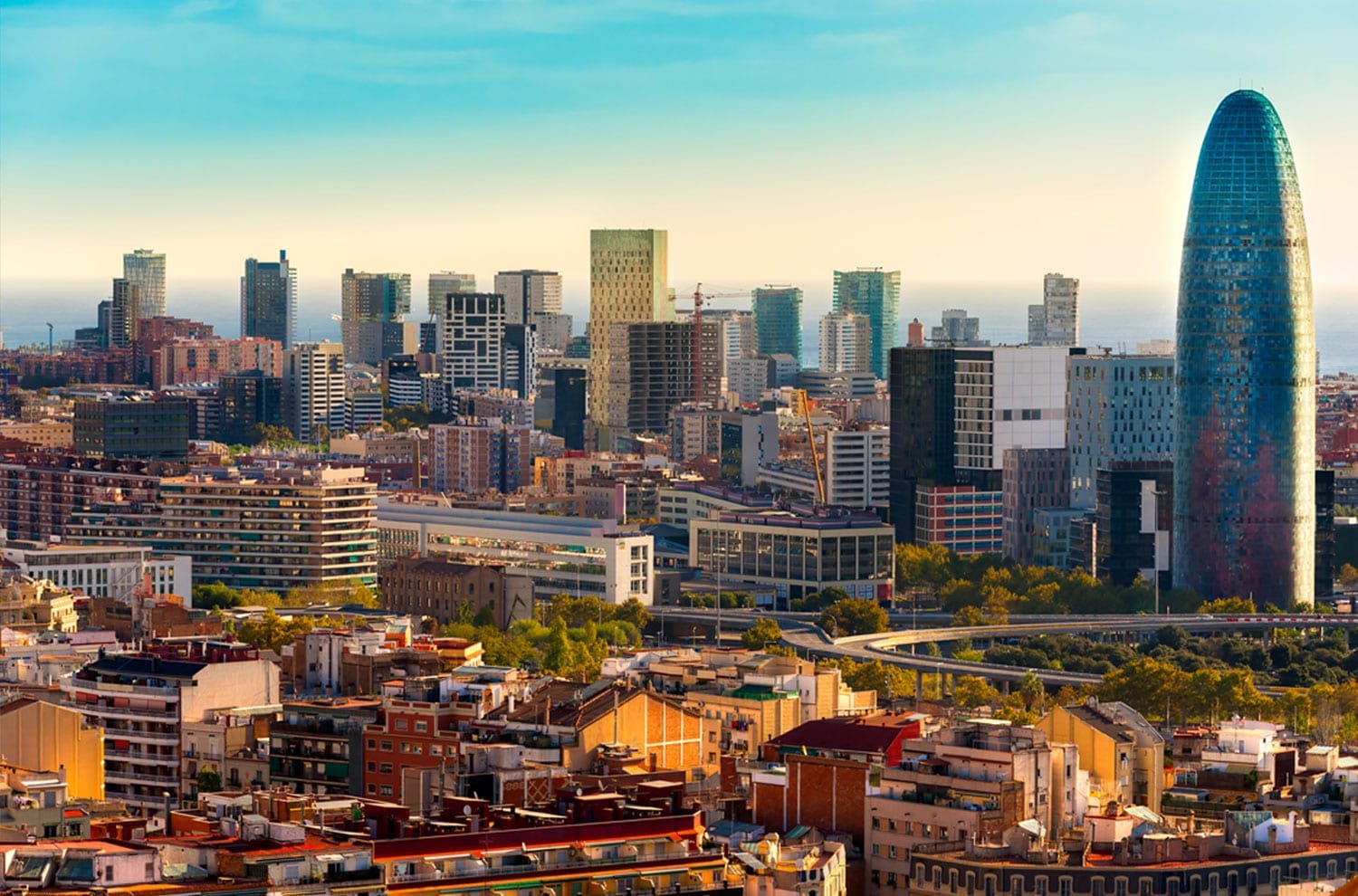
How to reach
Flights from all over Europe and beyond land in the major transport hub of the city, Barcelona-El Prat International Airport. The two terminals T1 and T2 are linked by a bus shuttle every 5 to 7 minutes, reached in 12 minutes. T2 has A, B and C subdivisions.
RyanAir is an alternative carrier reaching Zaragoza, an inner city, from where a train will take you to Barcelona in an hour and a half. These flights are economical, costing around 35 euros from Paris, London or Brussels.
From the Airport
The city’s shuttle bus service Aerobúsdrives passengers to the city centre (Plaça de Catalunya), from the Airport (both terminals), leaving every 5 to minutes from A1 and every 10 to 20 minutes from A2, daily, from 5:30 a.m. to 1 a.m., the journey lasting for half an hour and longer during rush hour.
By rail
Many regular trains run daily from other parts of Europe via France (including overnight hotel trains).
Main train stations:
- Barcelona-Sants (to the south west of the centre).
- Barcelona-Passeig de Gràcia (near Carrer d’Aragó on Passeig de Gràcia, in the center of the city).
- Barcelona-Estació de França, Avinguda Marquès de l´Argentera (on the edge of the old town next to the seafront district of Barceloneta).
High-Speed Rail
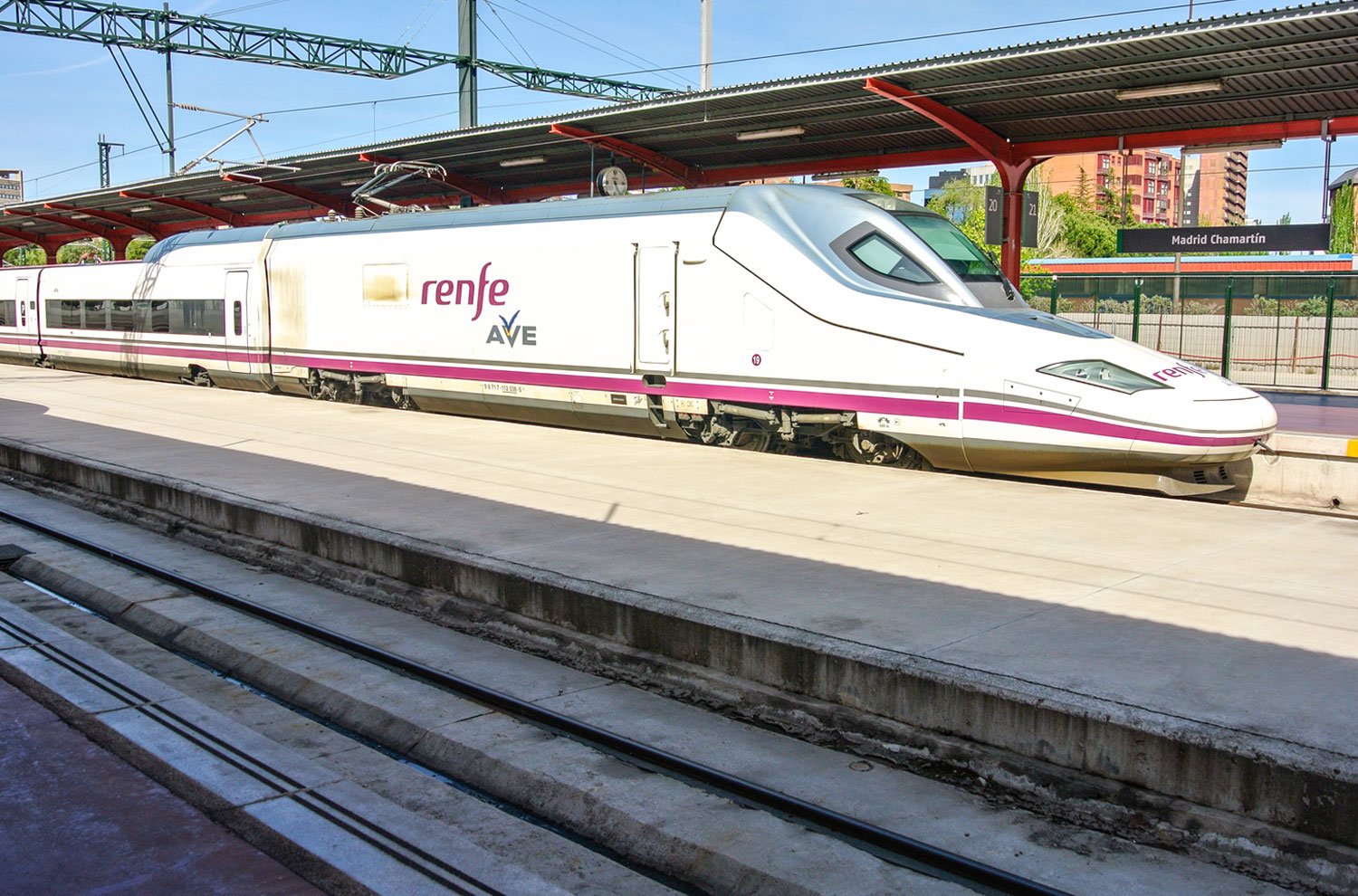
Top Attractions
La Sagrada Família

Pope Benedict XVI was the most recent luminary who visited the place and consecrated the church in a huge ceremony in November 2010.
A conservative society that wanted to build a temple as atonement for the city’s sins of modernity, commissioned this church – Temple Expiatori de la Sagrada Familia (Expiatory Temple of the Holy Family) and commissioned the famous Catalan architect, Antoni Gaudi’s who later became obsessed with its creation. He took up the task of completion of this church as his holy mission. He contributed his all when funds dried up and never shied away from pleading to any potential donor.
Public subscriptions alone helped found the building, hence the slow progression of the construction. Once, when the extraordinary delay in the construction was pointed out to Gaudi, he is alleged to have said that his client had plenty of time on his hand and was in no hurry and was the reason Gaudi was nicknamed ‘God’s architect’.
Only the crypt, the apse walls, a portal and a tower were finished at Gaudi’s death in 1926. By 1930, three more towers were added that completed the northeast (Nativity) façade. Anarchists burned and destroyed the interior, workshops, plans and models, in 1936. The year 1952 saw the work resume but with controversy clouding progress. The probable year of completion is predicted to be anywhere from 2020s to 2040s.
Book your tickets online to avoid the wait. The tickets can be collected at Sagrada Familia. The time of visit needs to be mentioned while booking online. A ticket either to the Passion Tower or the Nativity Tower will grant you entrance an hour before the time you have opted for. This will allow you to stay on in Sagrada Familia for as long as you want to, after descending the Tower. There is an elevator for the ascent and the descent in the Passion Tower. But the Nativity Tower has an elevator only for the ascent. The descent has to be by foot. This way, you get to enjoy a beautiful view of the city as you climb down.
The Font Mágica Fountain.
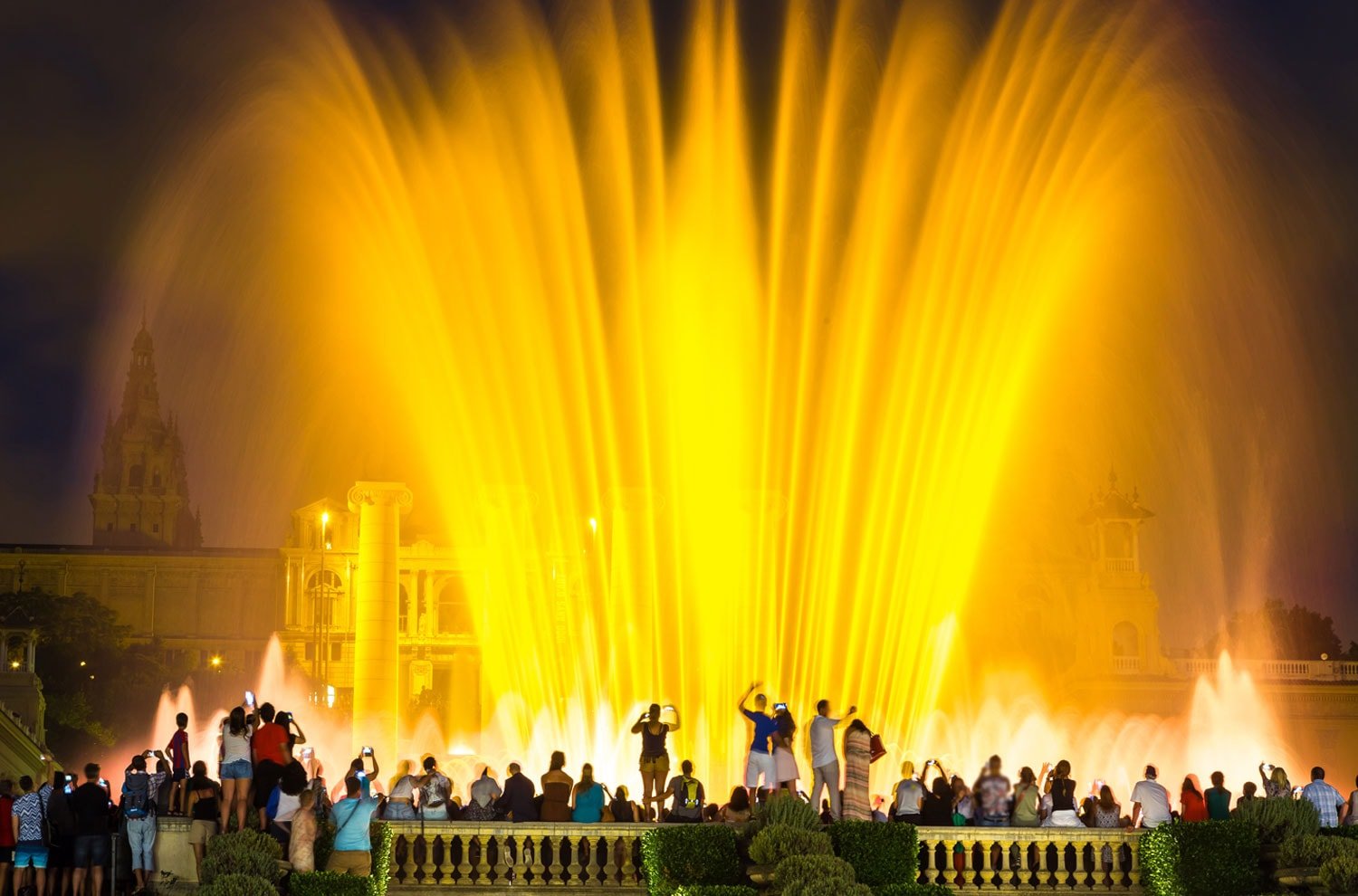
Picasso Museum Barcelona
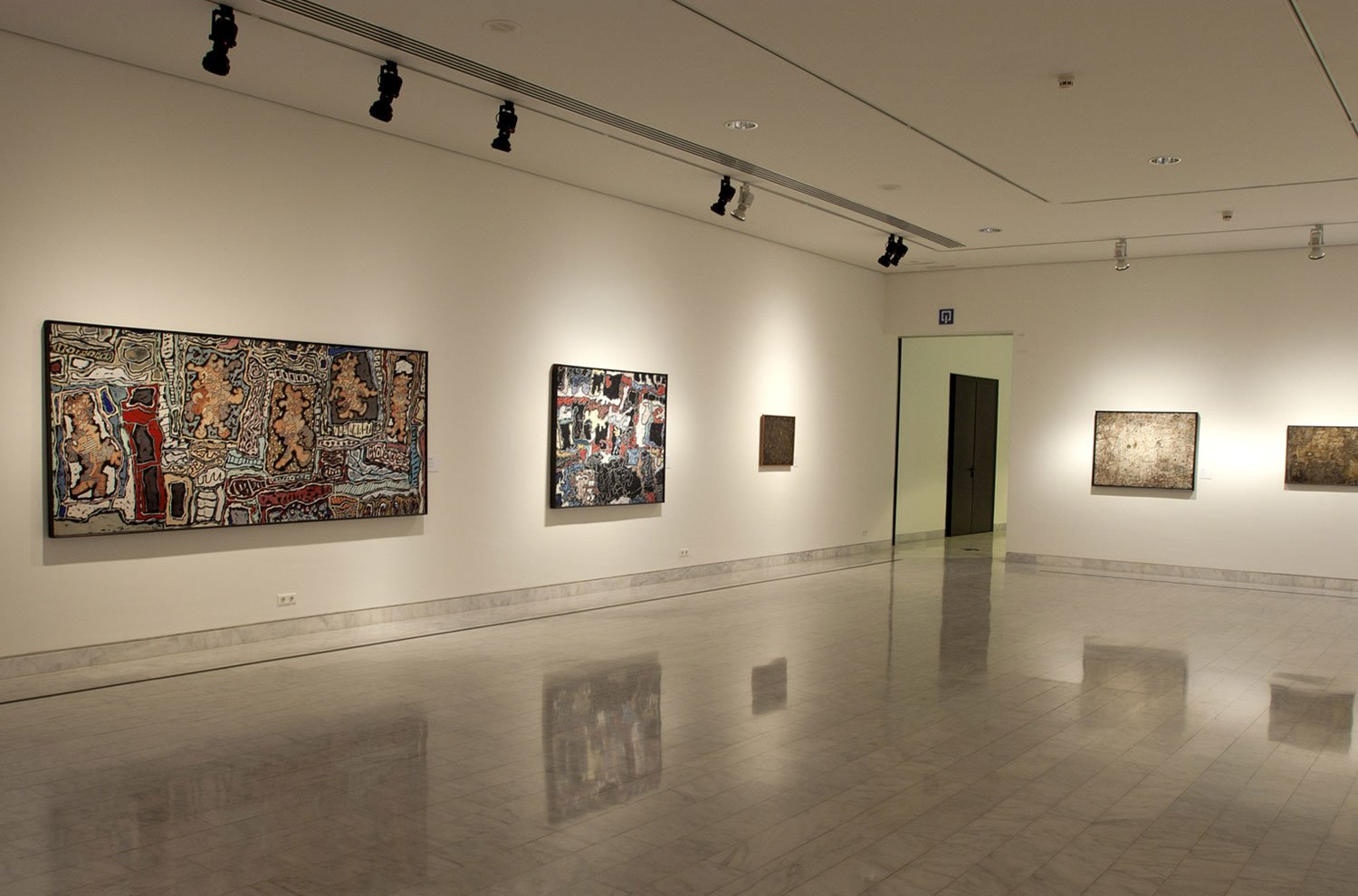
Picasso’s father was an art teacher. Though Malaga was where Picasso had his early art studies, it is Barcelona which had a huge influence on his early, struggling years, as a painter. His first exhibition of his work was in Barcelona and considered himself to be a Barcelonean.
Las Rambla street
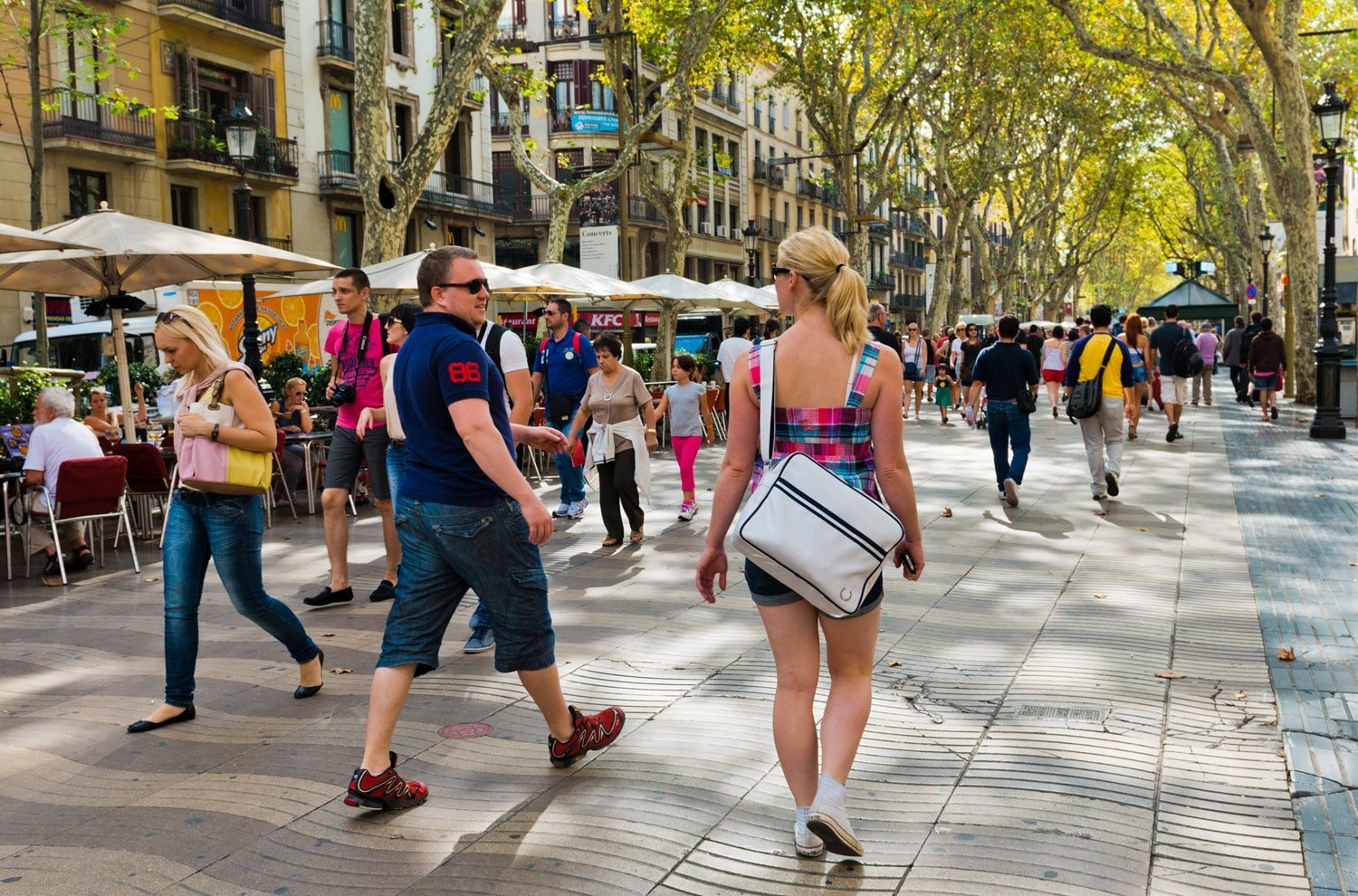
FC Barcelona museum & Camp Nou stadium
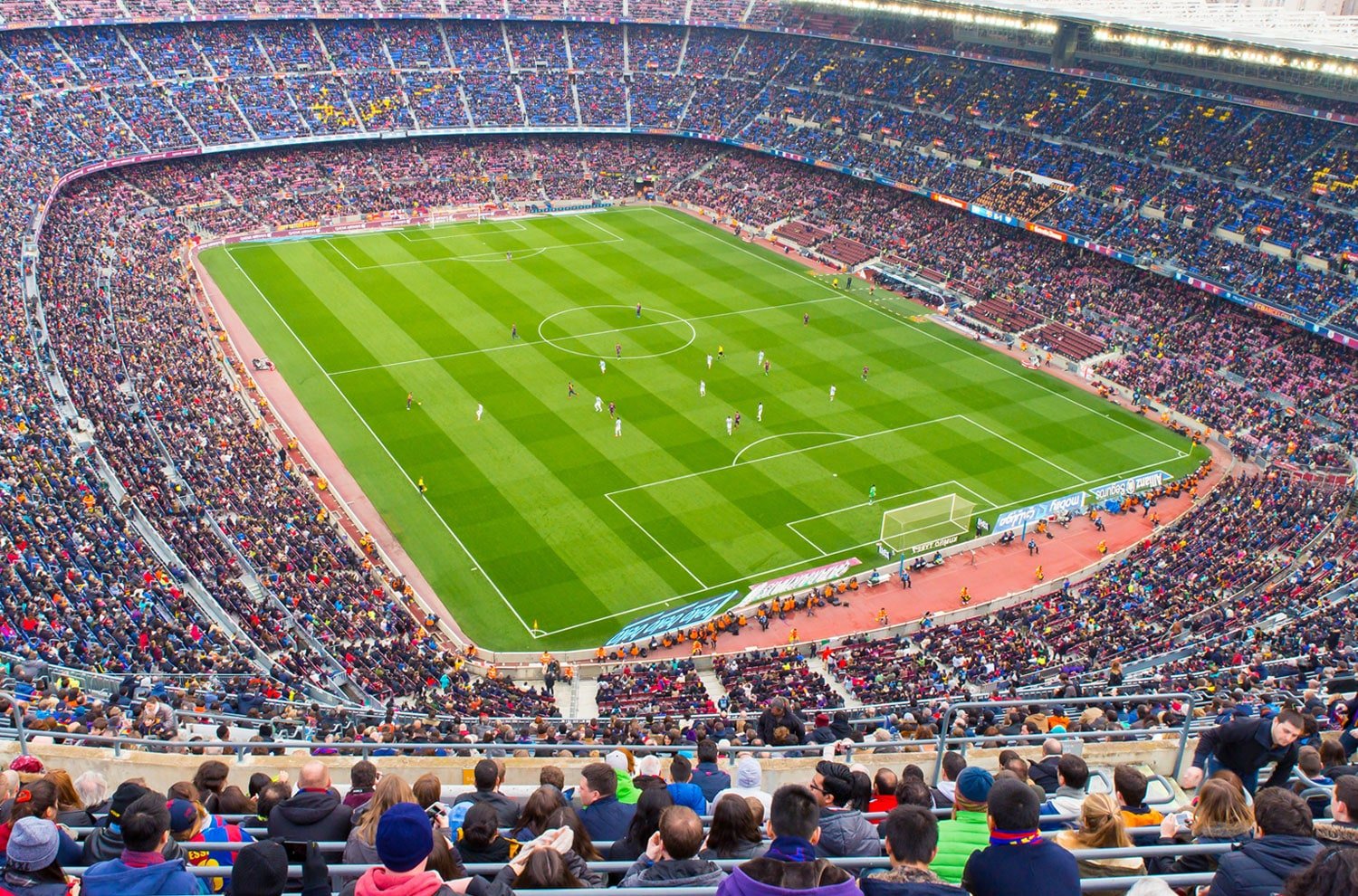
Barrio Gotico area
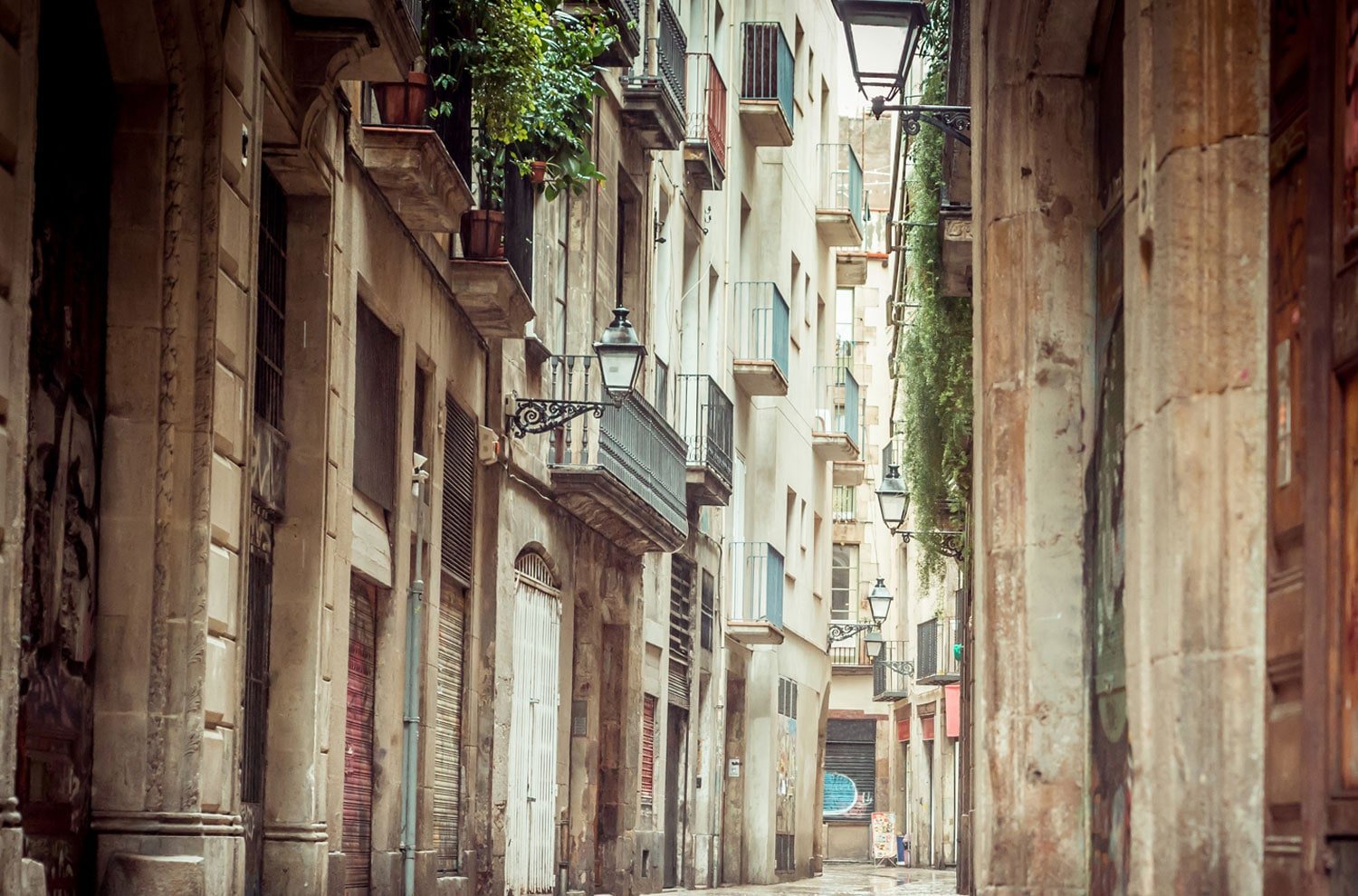
Modernist Park Guell by Gaudi

Modernist buildings

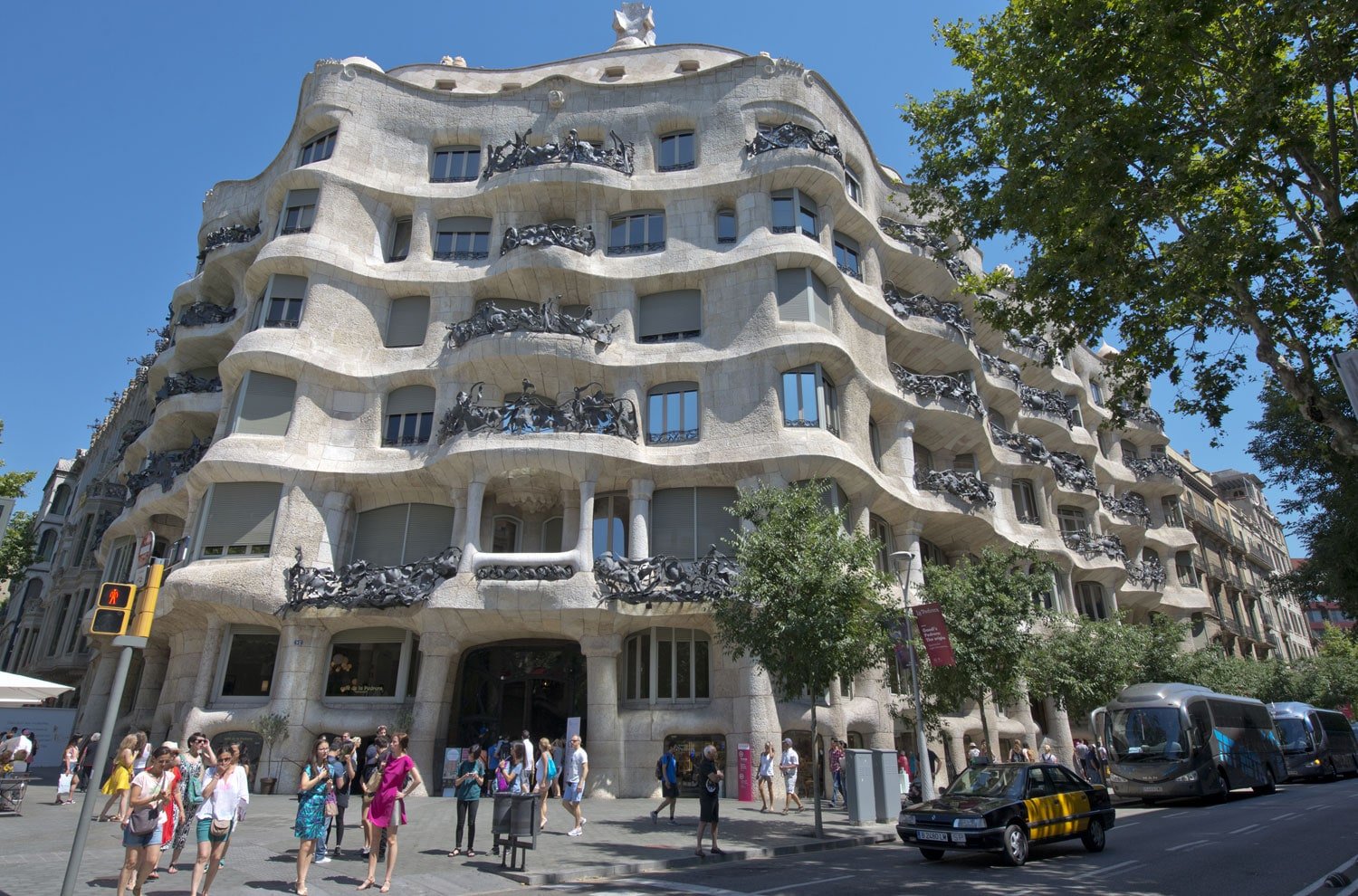
Montjuic hill and Poble Espanyol Spanish village
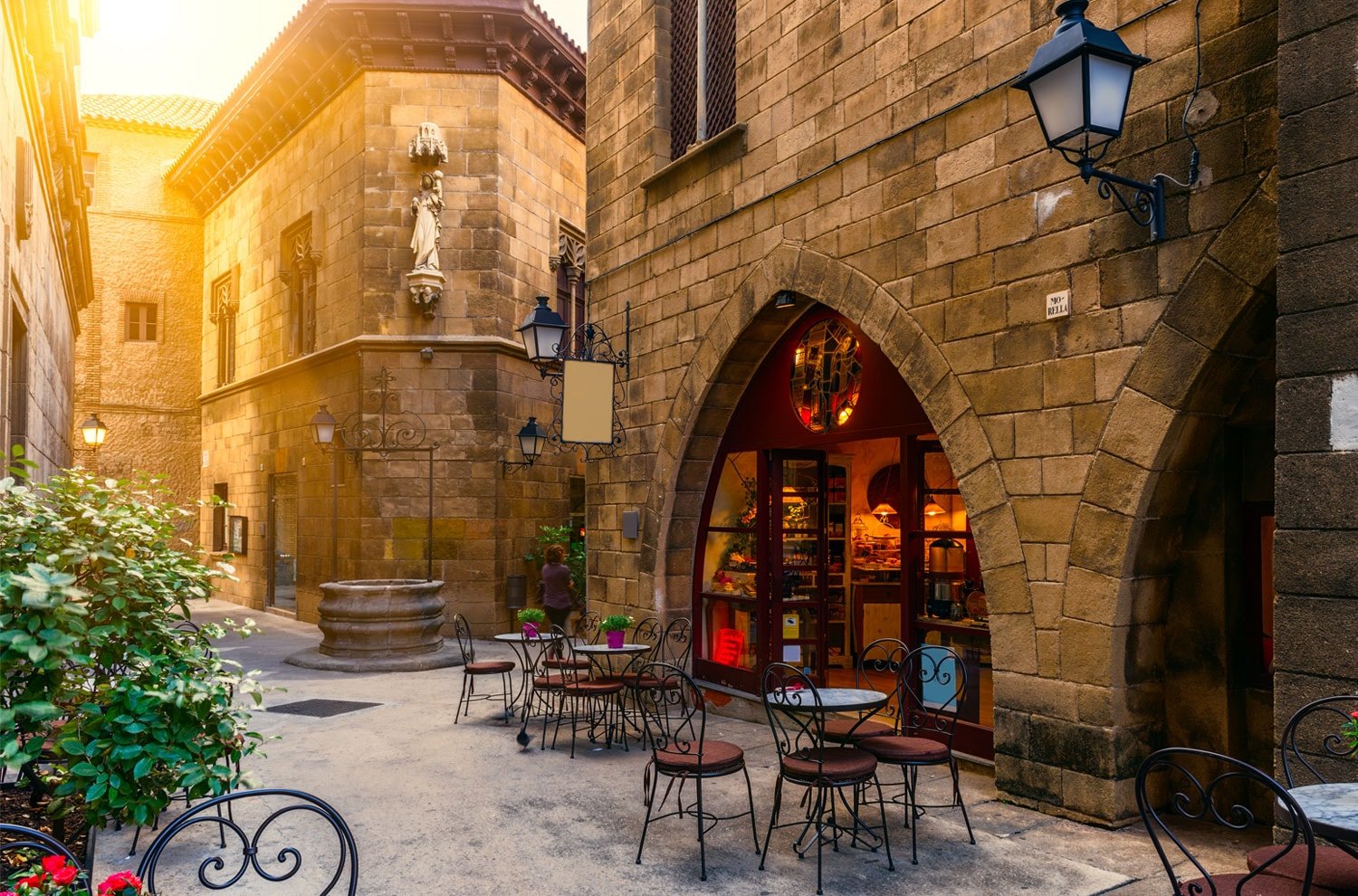

Tibidabo hill
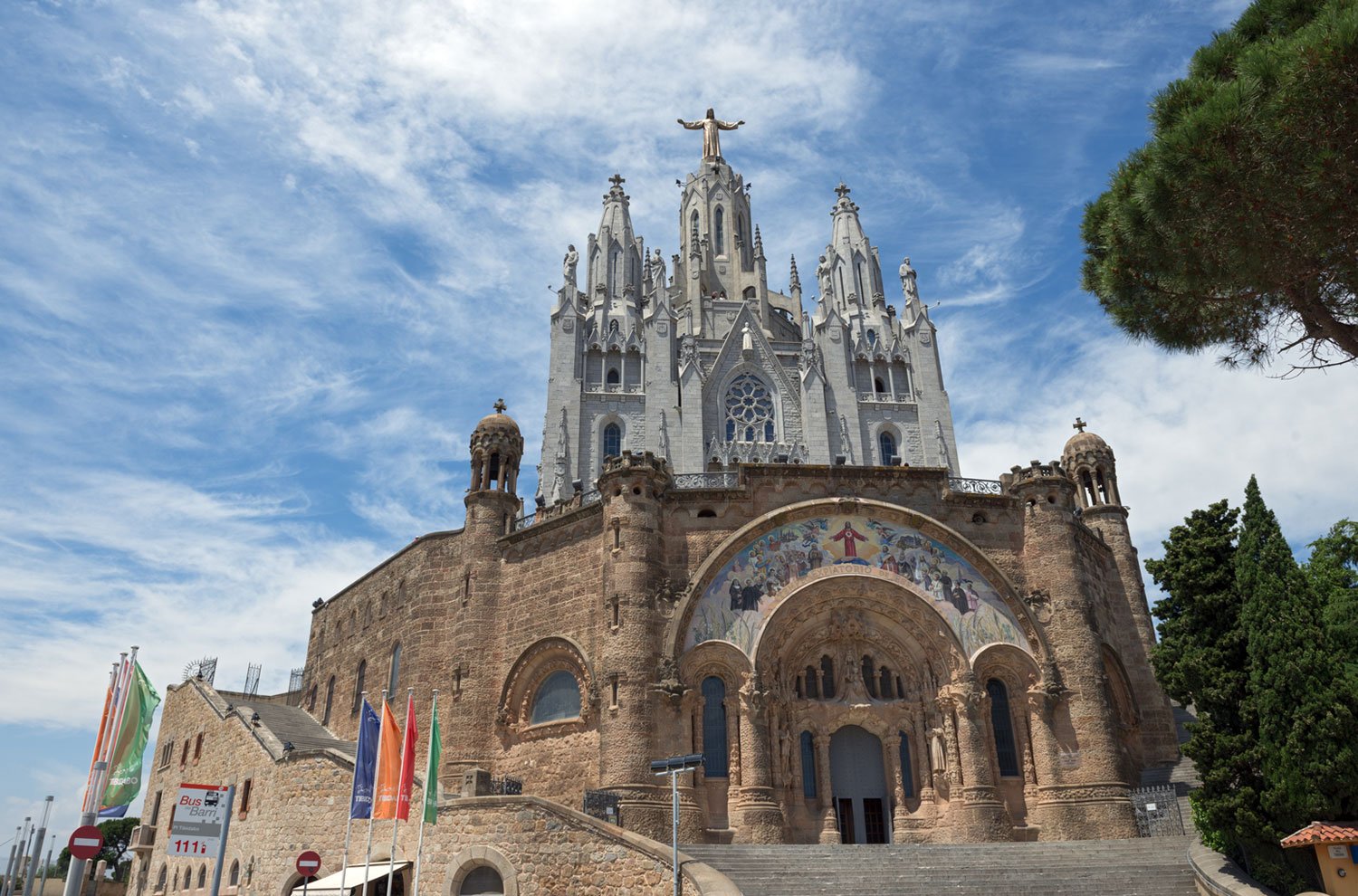
Harbour Cable Car
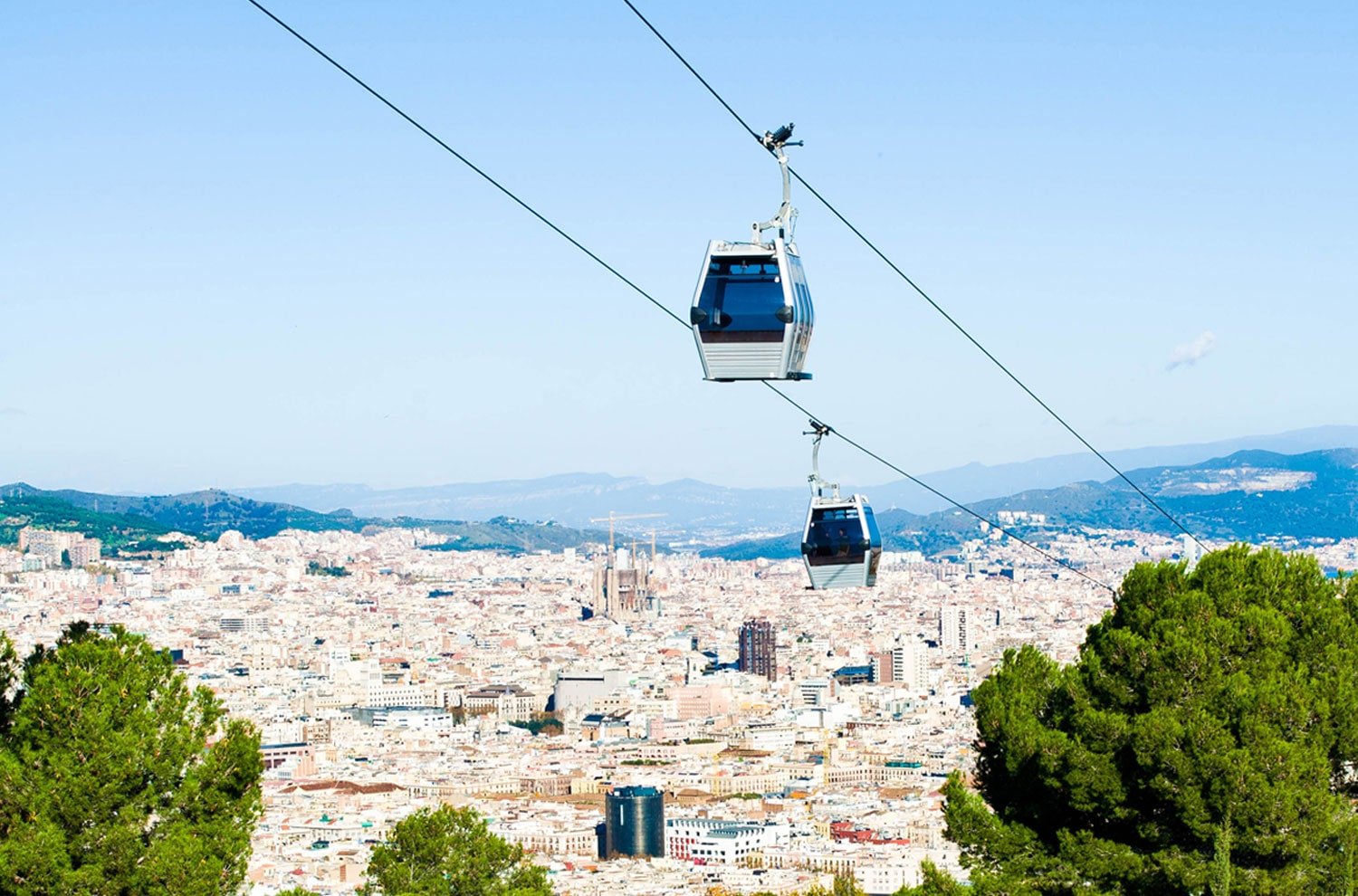
Places of interest out of Barcelona
Montserrat Mountains & monastery

Girona – City of Sieges


